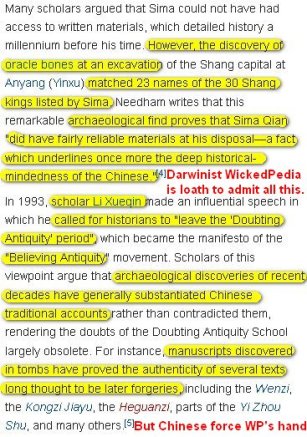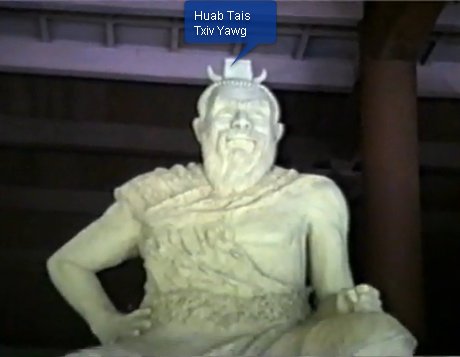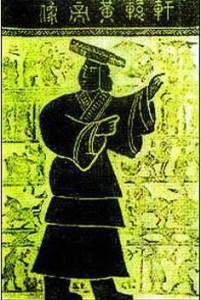PIC BYBLOS LEBANON – courtesy onemilegrads.blogspot
 Sanchuniathon, or Sanchoniathon (flourished 13th century BC?), ancient Phoenician writer. All information about him is derived from the works of Philo of Byblos (flourished ad 100). Excavations at Ras Shamra (ancient Ugarit) in Syria in 1929 revealed Phoenician documents supporting much of Sanchuniathon’s information on Phoenician mythology and religious beliefs. According to Philo, Sanchuniathon derived the sacred lore from inscriptions on the Ammouneis (i.e., images or pillars of Baal Amon), which stood in Phoenician temples.
Sanchuniathon, or Sanchoniathon (flourished 13th century BC?), ancient Phoenician writer. All information about him is derived from the works of Philo of Byblos (flourished ad 100). Excavations at Ras Shamra (ancient Ugarit) in Syria in 1929 revealed Phoenician documents supporting much of Sanchuniathon’s information on Phoenician mythology and religious beliefs. According to Philo, Sanchuniathon derived the sacred lore from inscriptions on the Ammouneis (i.e., images or pillars of Baal Amon), which stood in Phoenician temples.
— From Encyclopædia Britannica.
Sanchuniathon (/ˌsæŋkjʊˈnaɪəθɒn/; Ancient Greek: Σαγχουνιάθων Sankhouniáthōn; probably from Phoenician: 𐤎𐤊𐤍𐤉𐤕𐤍, romanized: SKNYTN, Saḵūnyatān, “[the god] Sakon has given”), also known as Sanchoniatho the Berytian, is the Phoenician author of three lost works originally written in the Phoenician language and surviving only in partial paraphrase and summary of a Greek translation by Philo of Byblos, according to the Christian bishop Eusebius. These few fragments comprise the most extended literary source concerning Phoenician religion in either Greek or Latin: Phoenician sources, along with all of Phoenician literature, were lost with the parchment on which they were written. — (From Wicked Pedia)
Sanchuniathon of Berytus (Beirut) or Sakkun-yathon in Phoenician means “the god Sakkun has given.” He was an ancient Phoenician sage, priest and writer. He lived before the Trojan times. Judging from the fragments of the Phoenician History, Sanchuniathon appears to have been a contemporary of Semiramis, the Queen of Assyria, the wife of Ninus, with whom she founded Nineveh 2,000 BC. However, some believe that Sanchuniathon was a contemporary of Gideon 1339 BC without any proof. His book goes back into fabled antiquity. Sanchuniathon, like Vgasa in India, is said to have been a compiler of extremely ancient theogonic and historical documents that had been transmitted to him either by oral tradition or in writing. Sanchuniathon derived the sacred lore from the mystic inscriptions on the nfjawtis (probably hammanim, “sun pillars,” which stood in Phoenician temples. Porphyry of Tyre says that Sanchuniathon wrote a history of the Jews, based on information derived from Hierombal (i.e. Jeruba’al), a priest of the god Jevo (i.e. Yahveh). He dedicated it to Abelbal or Abibal, king of Berytus. The story was thought to be fictional because of its reference to Berytus; however, excavation in Berytus in recent years prove that the city maybe older than Byblos that has cultural tradition to 8,000 [Ed: Darwinian dating!] BC. His Phoenician History may be regarded as one of the most authentic memorials of the events which took place before the Flood. It begins with a legendary cosmogony and relates to how the first two mortals were begotten by the Wind (Spirit) and his wife Baau (Darkness). It refers to the Fall, the production of fire, the invention of huts and clothing, the origin of the arts of agriculture, hunting, fishing and navigation, and the beginnings of human civilization. Sanchuniathon gives a curious account of the descendants of the line of Cain. His history of the descendants of the line of Seth reads like the record in Genesis. (–From Phoenicia.org)
 Eusebius says that Philo placed Sanchuniathon’s works into nine books. In the introduction to the first book he makes this preface concerning Sanchuniathon:
Eusebius says that Philo placed Sanchuniathon’s works into nine books. In the introduction to the first book he makes this preface concerning Sanchuniathon:
Philo: “These things being so, Sanchuniathon, who was a man of much learning and great curiosity, and desirous of knowing the earliest history of all nations from the creation of the world, searched out with great care the history of Taautus, knowing that of all men under the sun Taautus was the first who thought of the invention of letters, and began the writing of records: and he laid the foundation, as it were, of his history, by beginning with him, whom the Egyptians called Thoyth, and the Alexandrians Thoth, translated by the Greeks into Hermes.”
[Ed. Again notice that all the first tribes & nations held to the notion of a CREATION of the world!]
The following translation is from I. P. Cory’s Ancient Fragments (1828/1832). Cory has provided citations for the passages in Eusebius’ work from which this epitome of Sanchuniathon has been reconstructed. [Ed. The comments in [] are from yours’ truly, Lu, Ancient Patriarchs’ Editor]
Continue reading Who Was & What Did Sanchuniathon, Phoenicia’s Ancient Historian, Write?



 Zeus
Zeus Cause of death: torn to pieces by Titans at Hera’s bidding, reincarnated through Dionysis, OR.., as Osiris, murdered and cut in pieces by his brother and pieces collected and “resurrected” by his wife Isis.
Cause of death: torn to pieces by Titans at Hera’s bidding, reincarnated through Dionysis, OR.., as Osiris, murdered and cut in pieces by his brother and pieces collected and “resurrected” by his wife Isis.






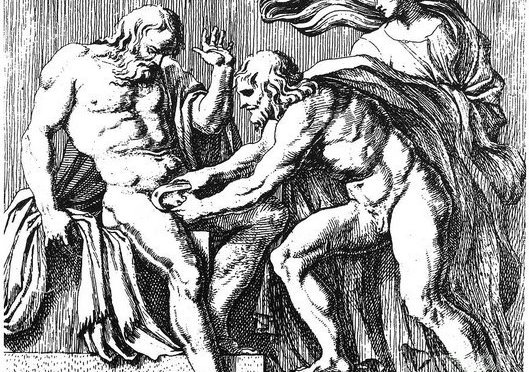
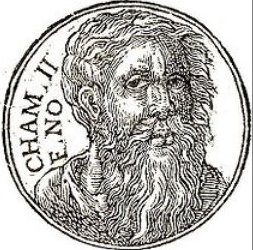
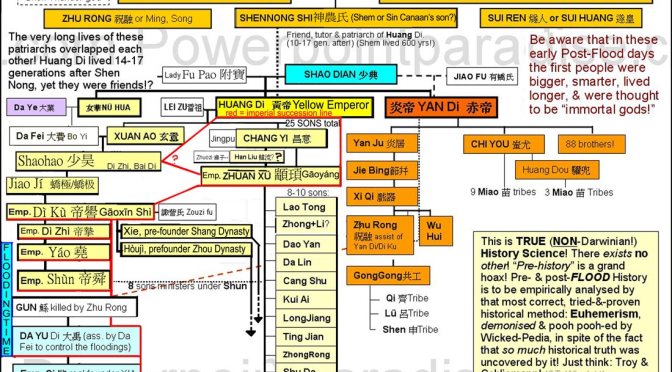
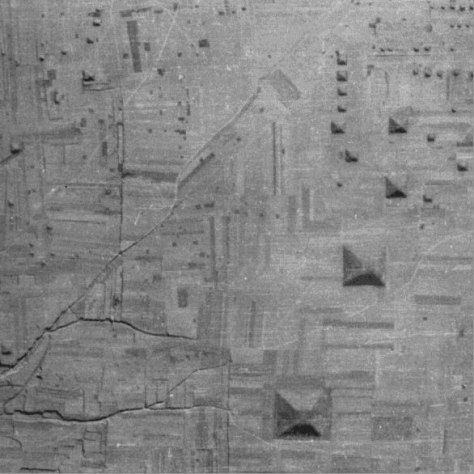
 INTRO: We apply the Euhemerist approach for historical origins
INTRO: We apply the Euhemerist approach for historical origins 